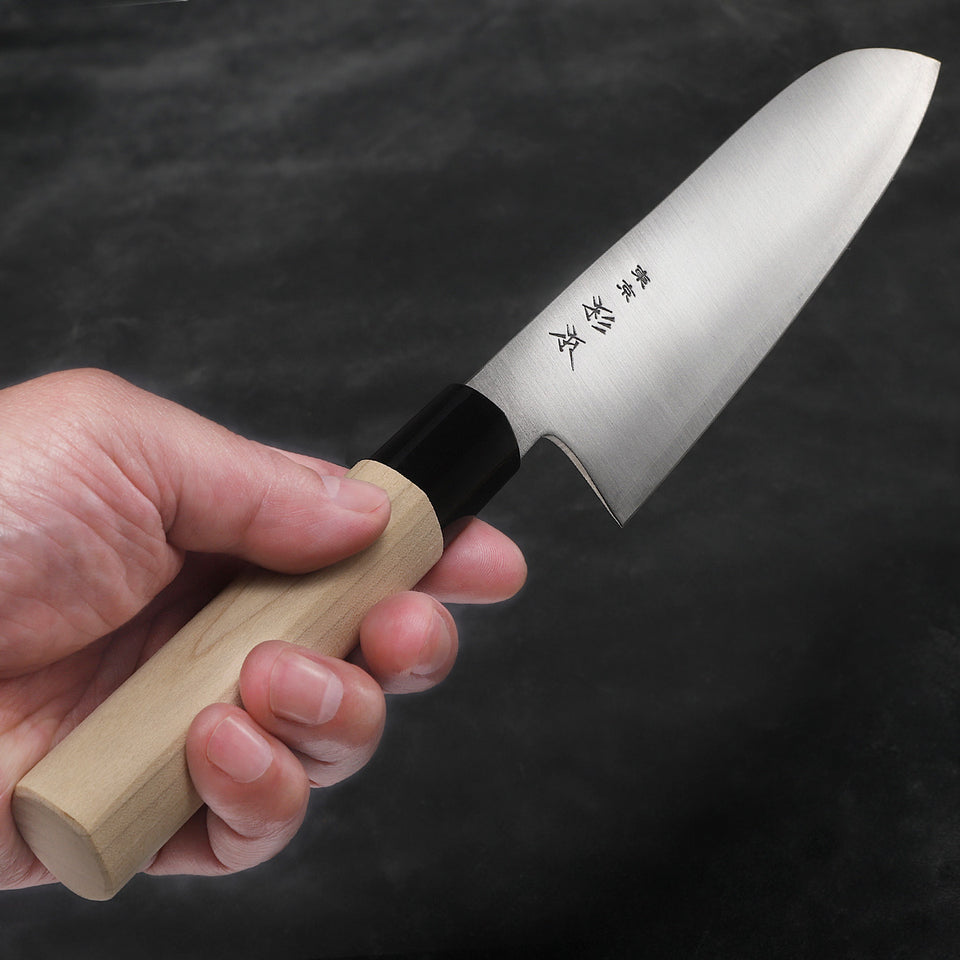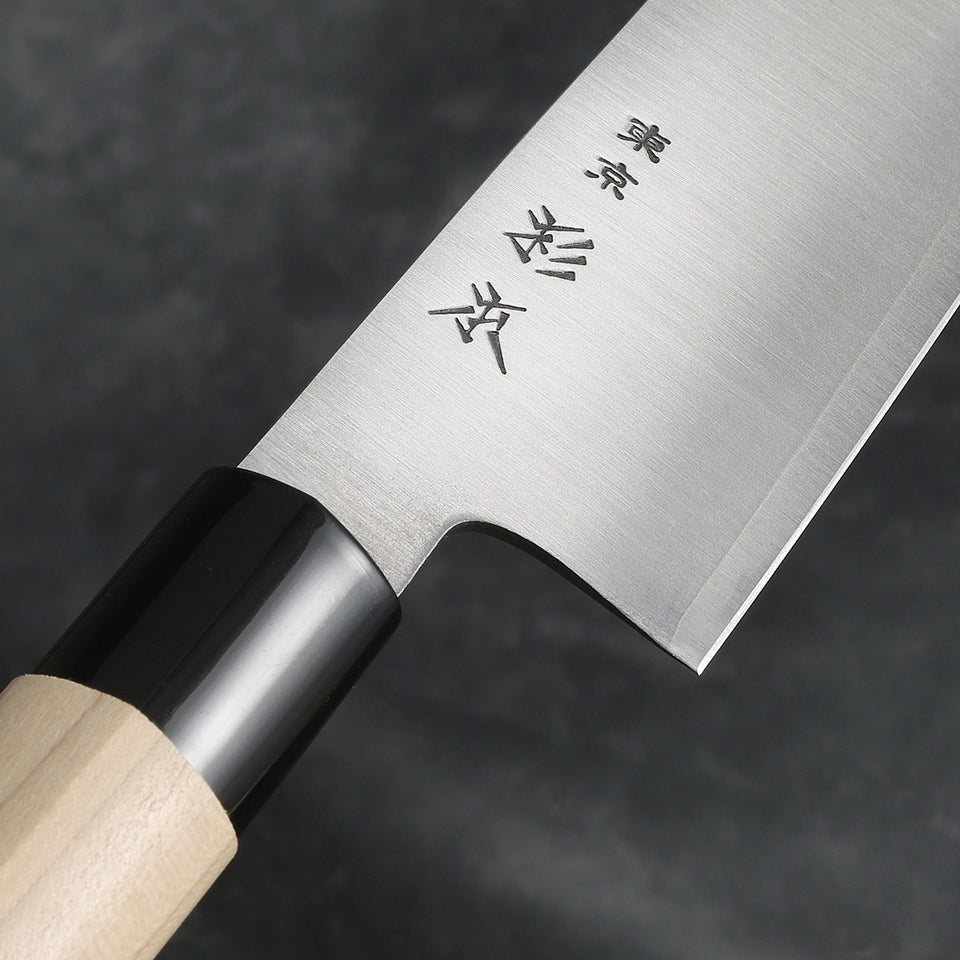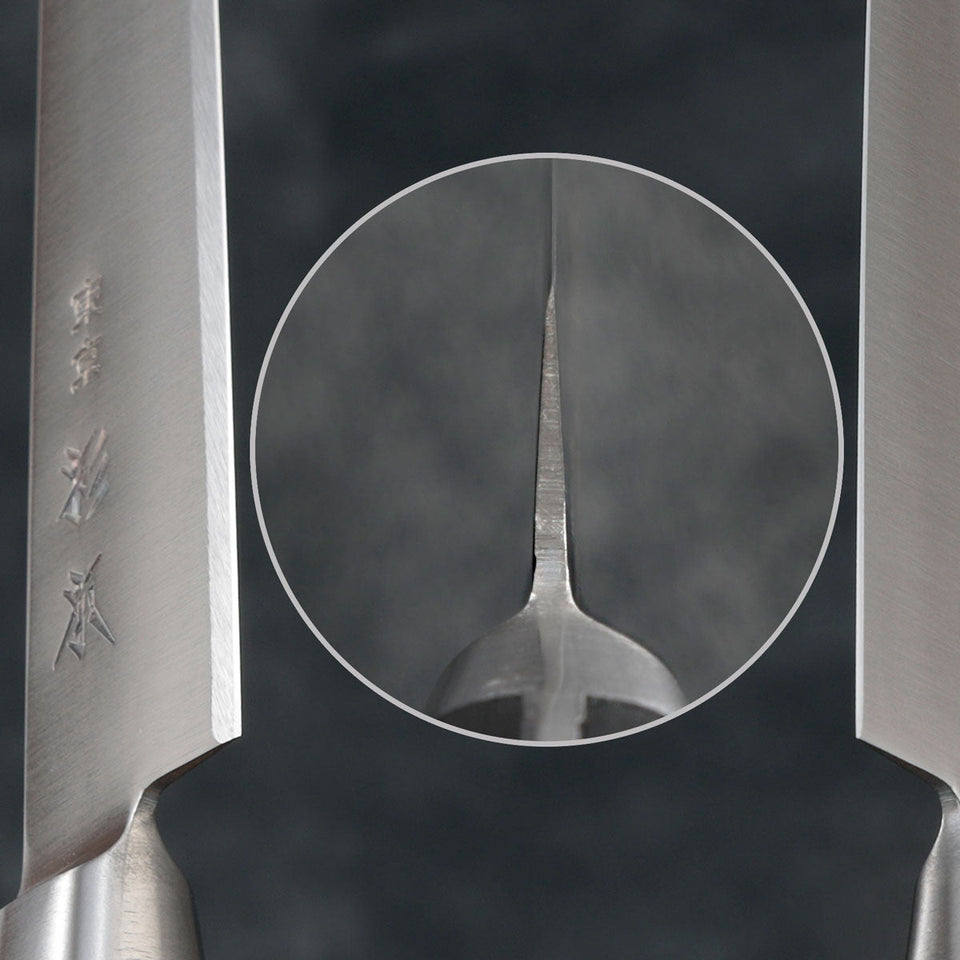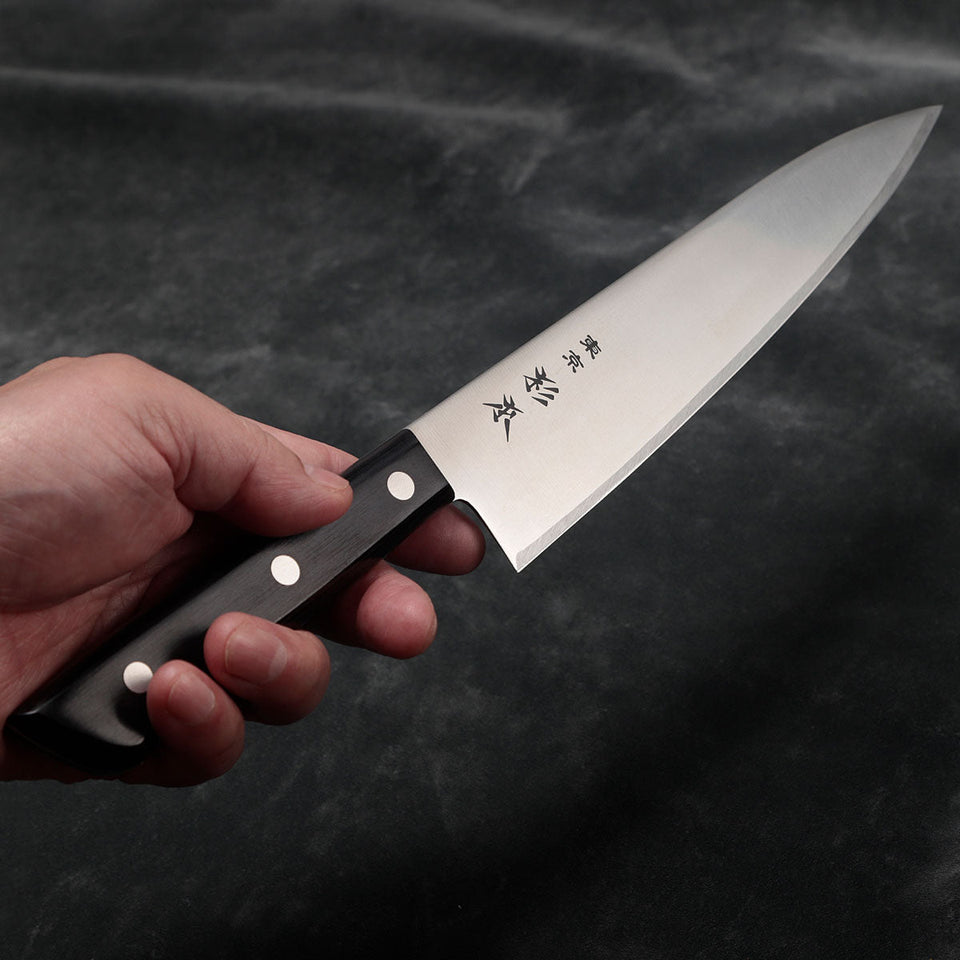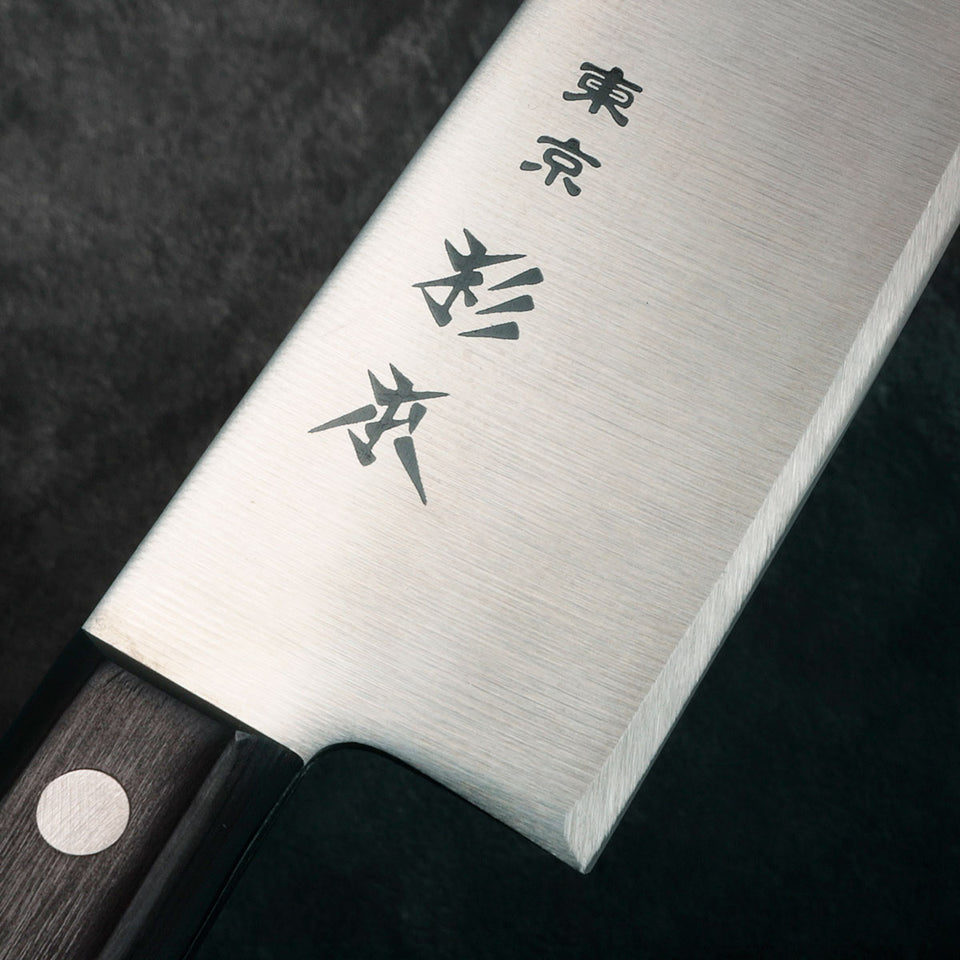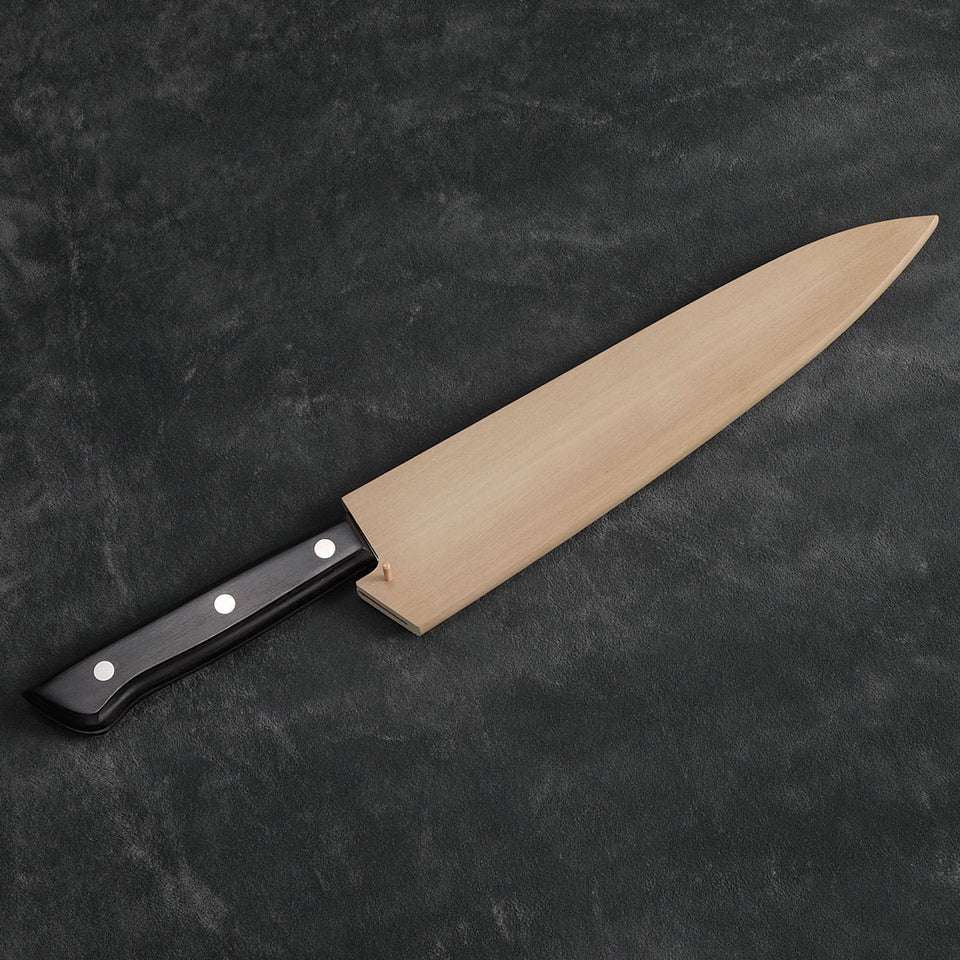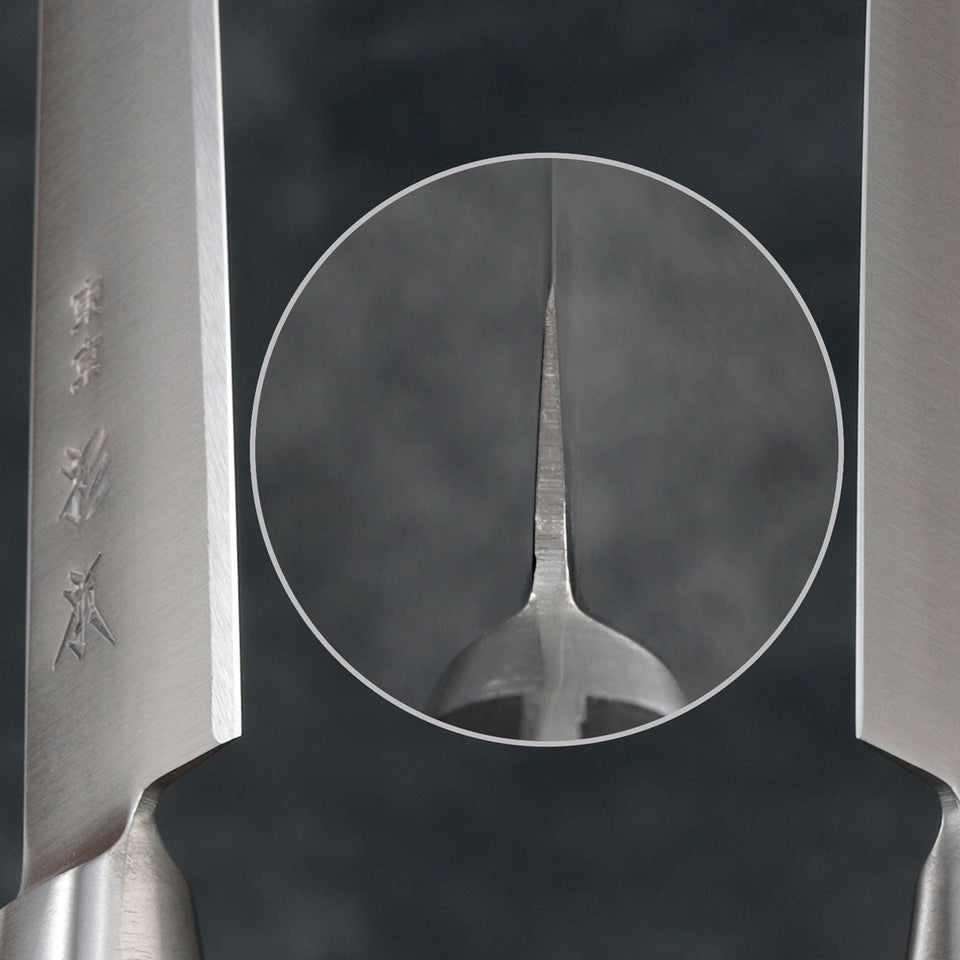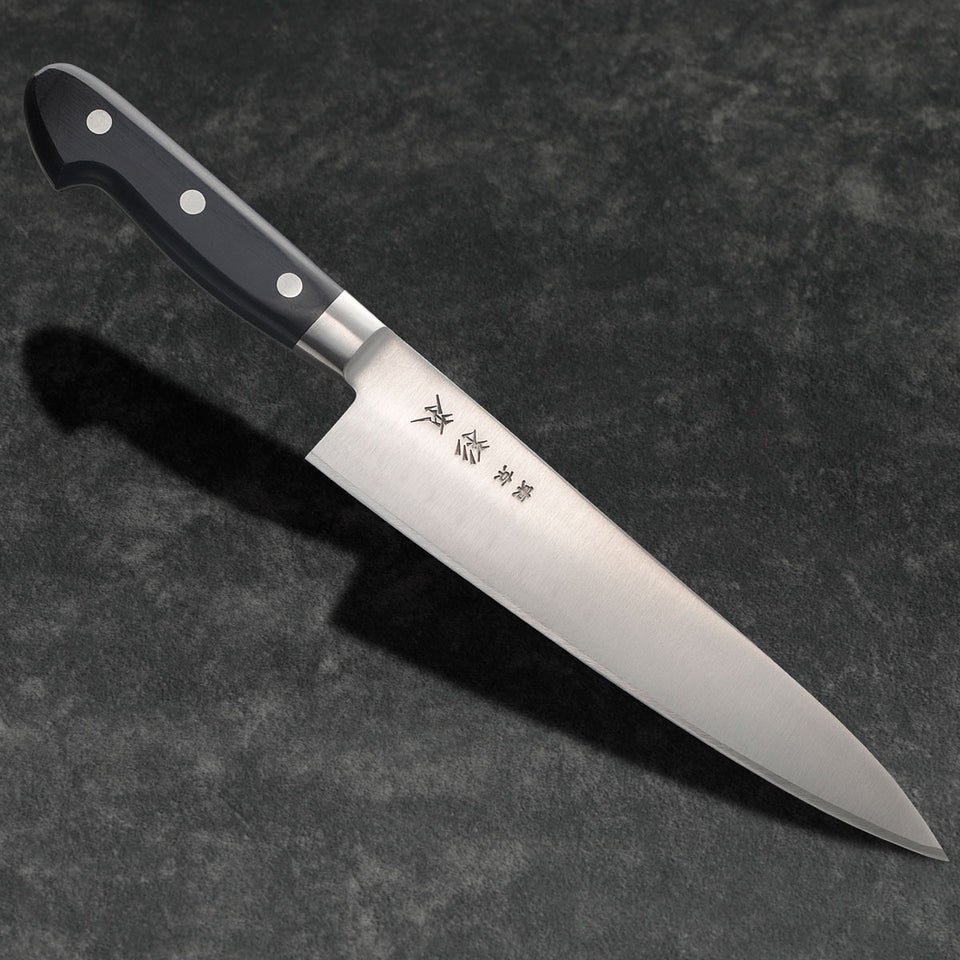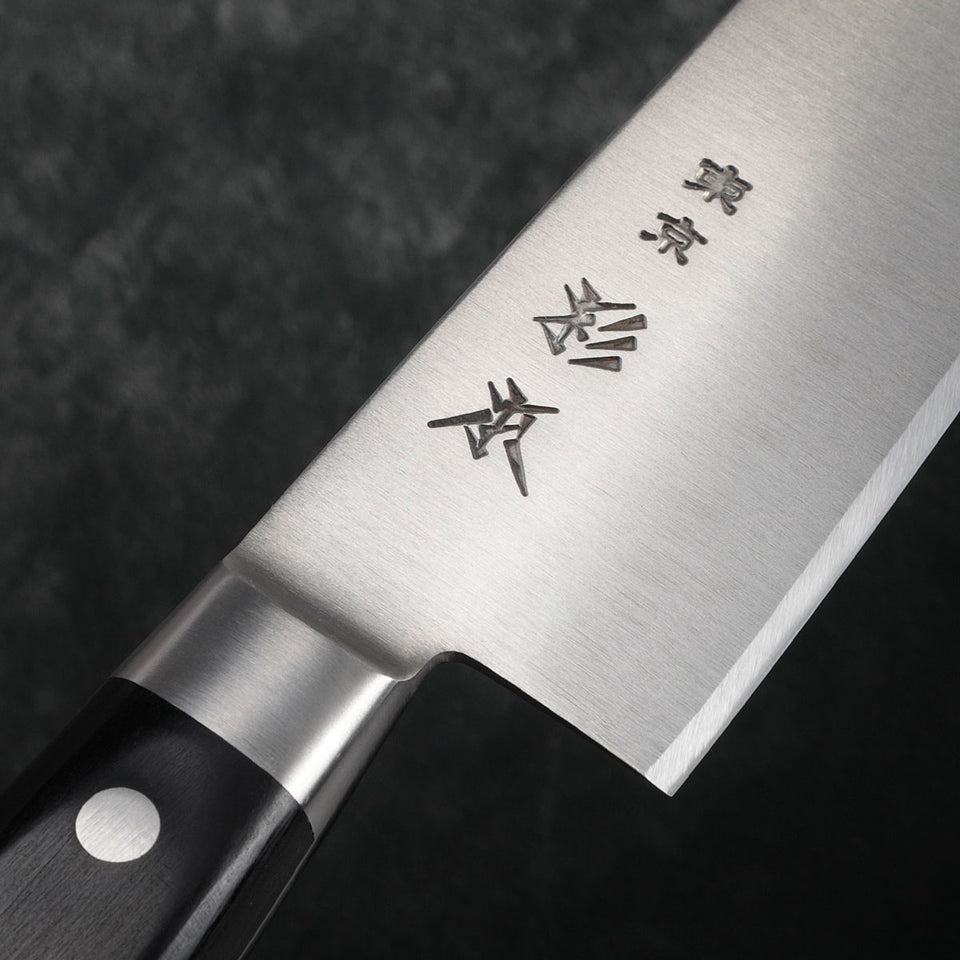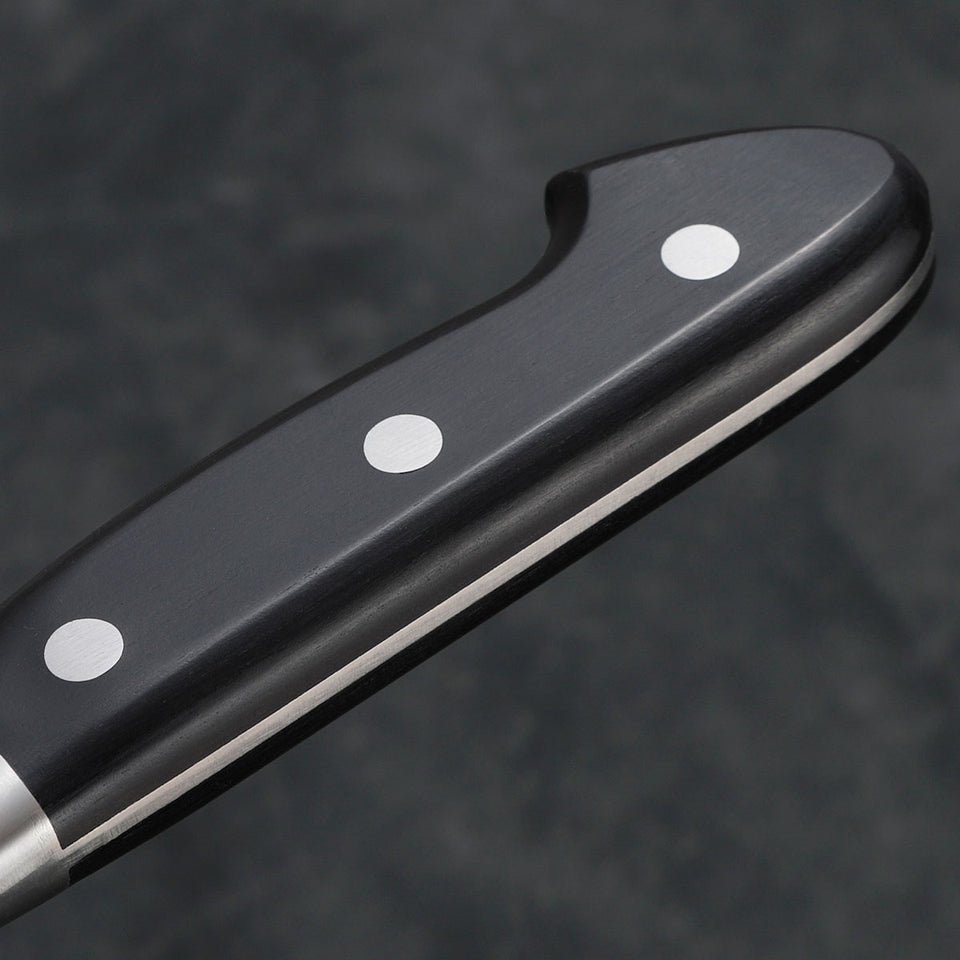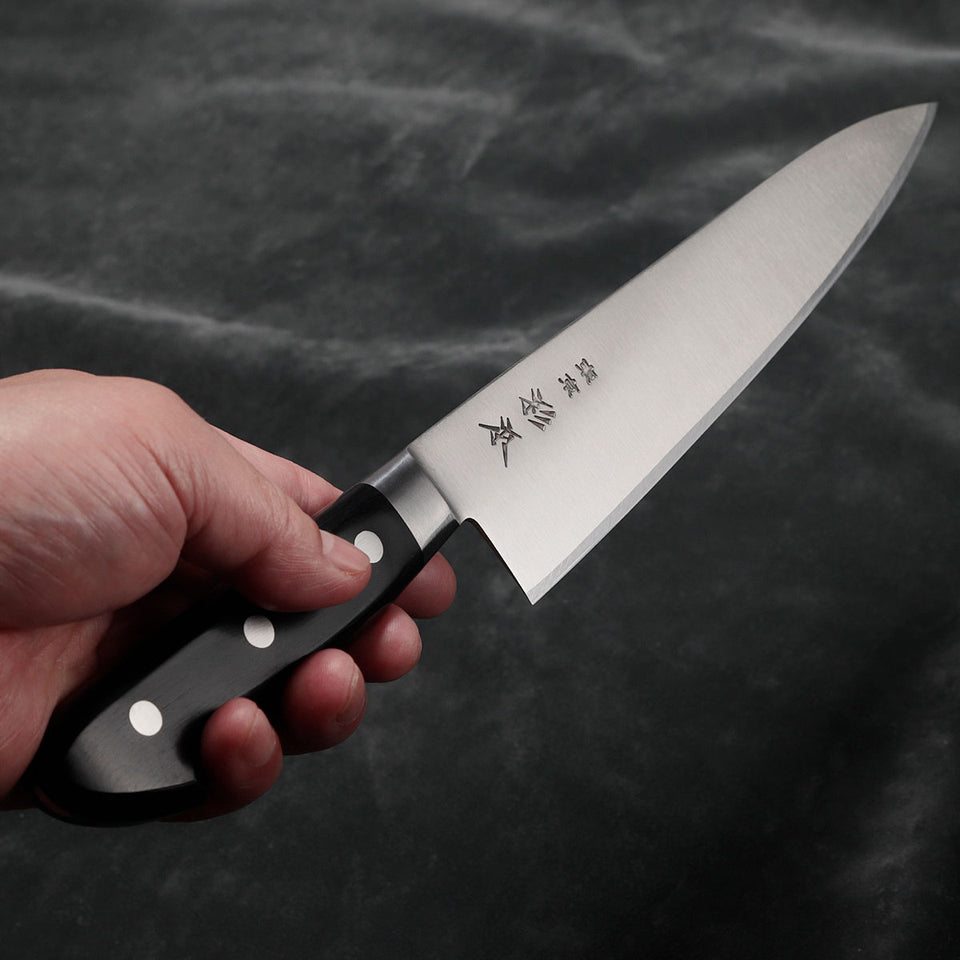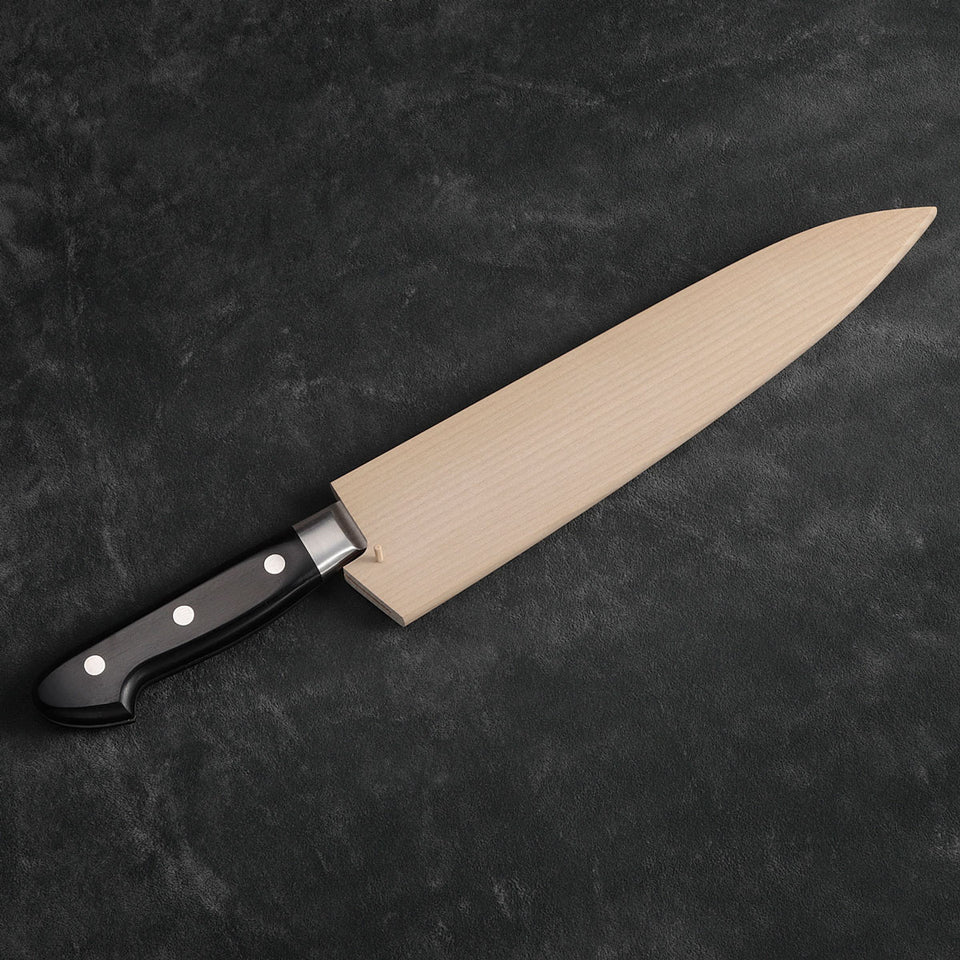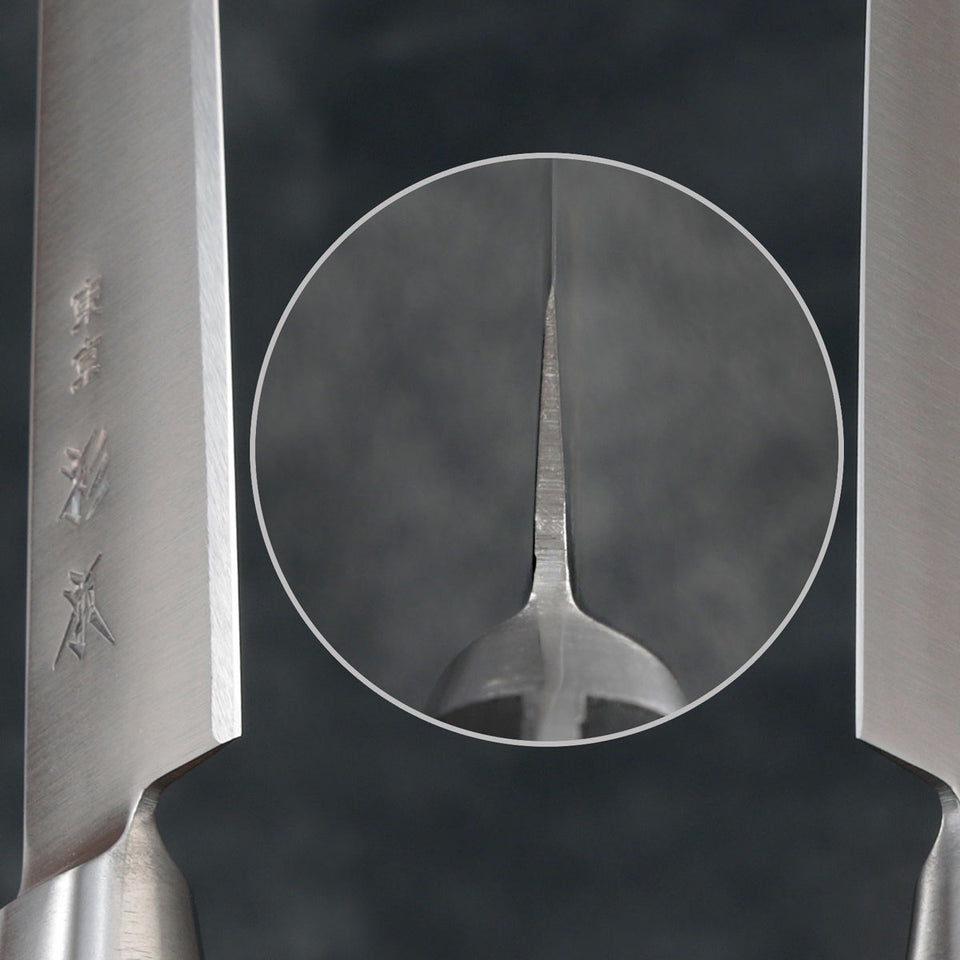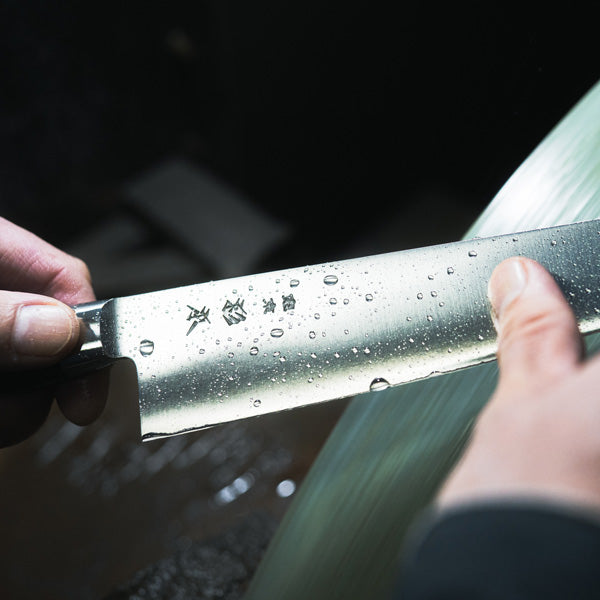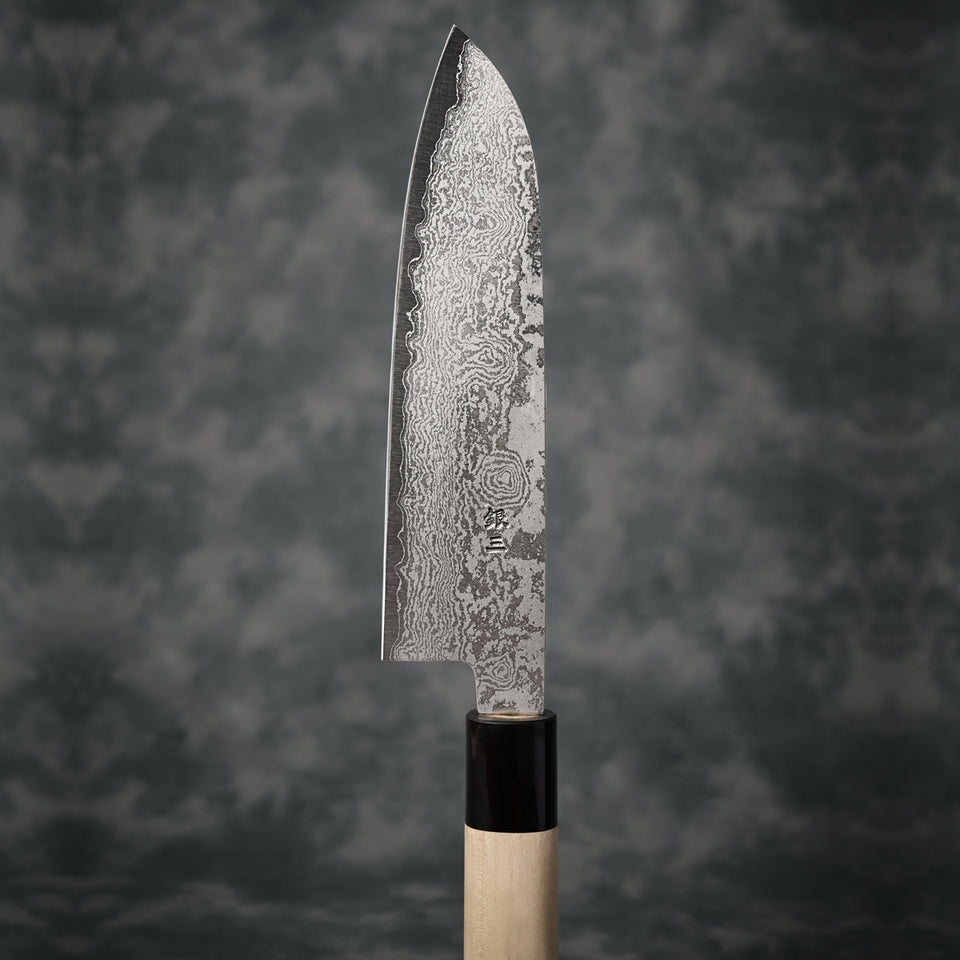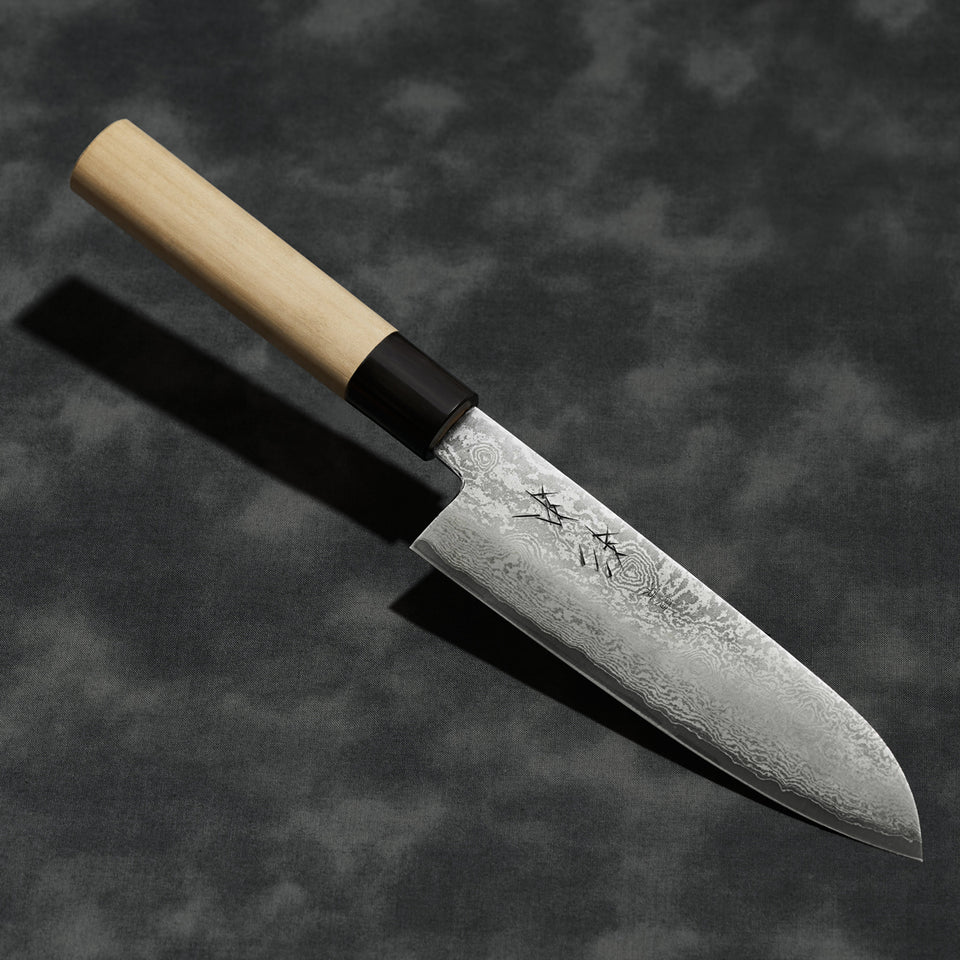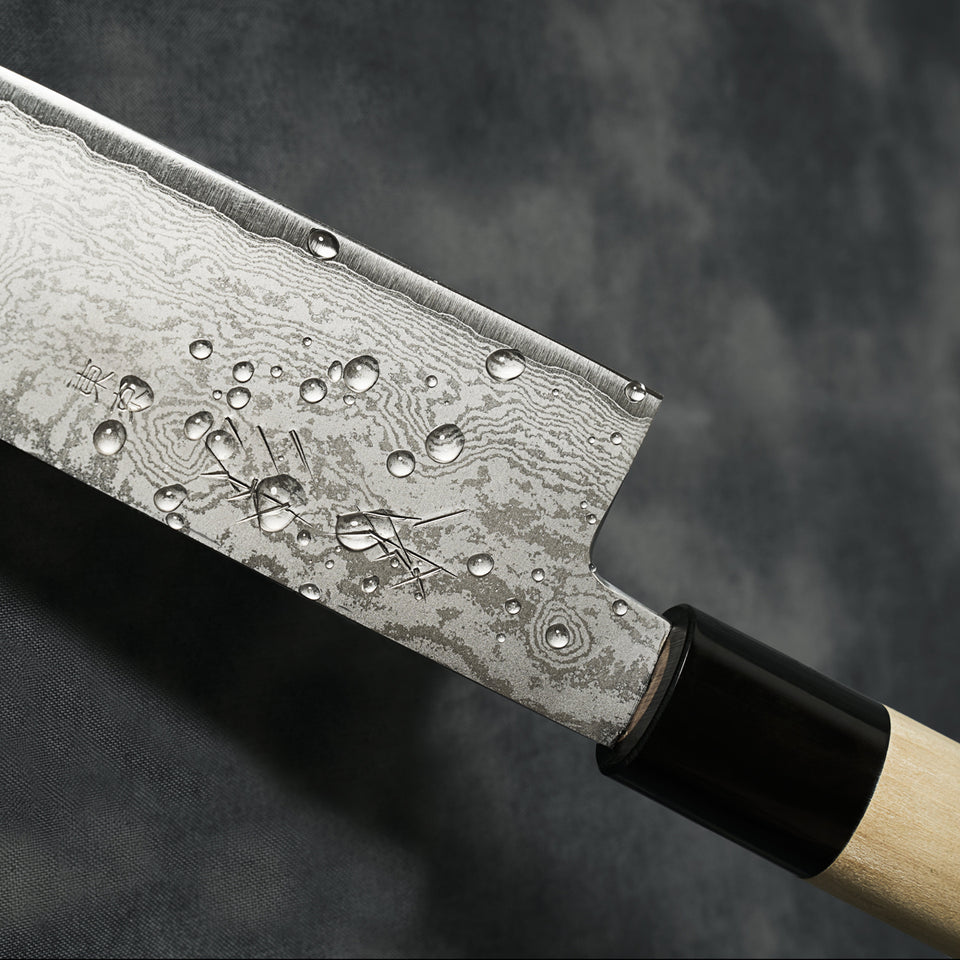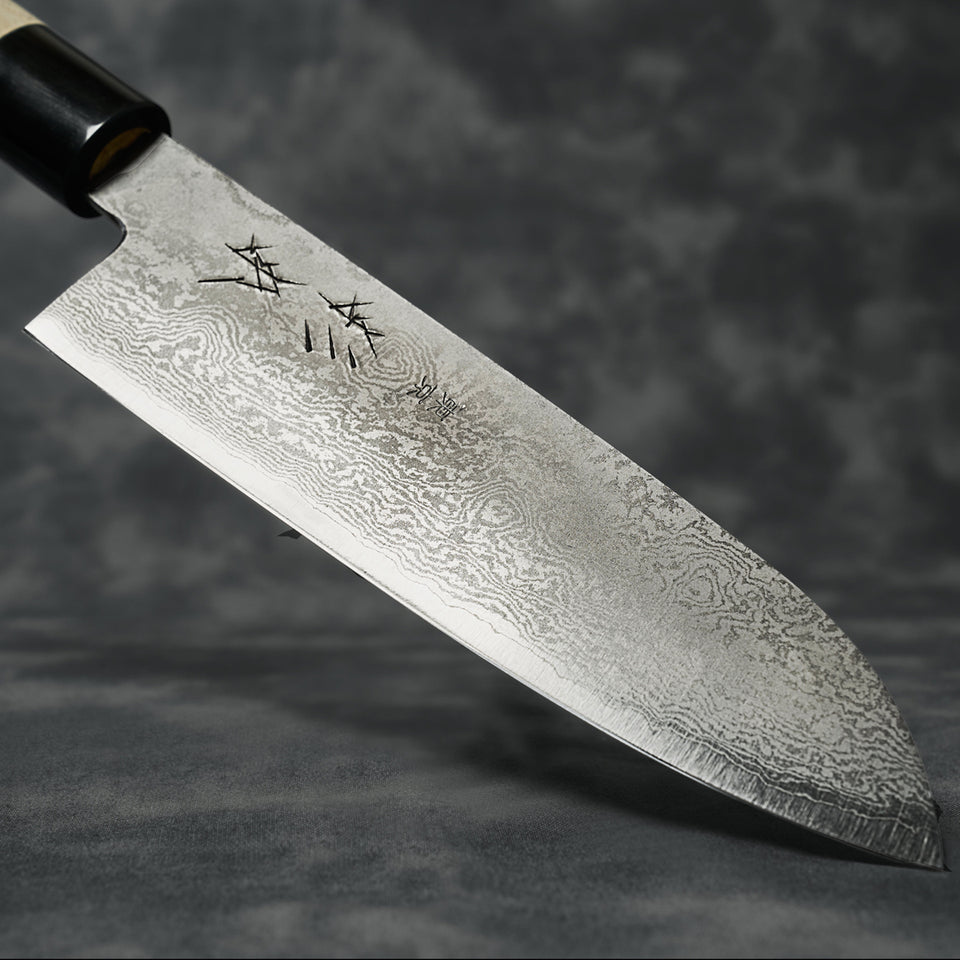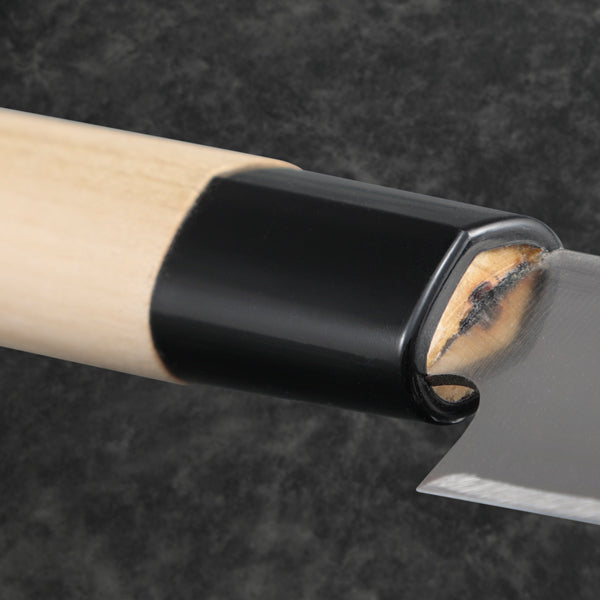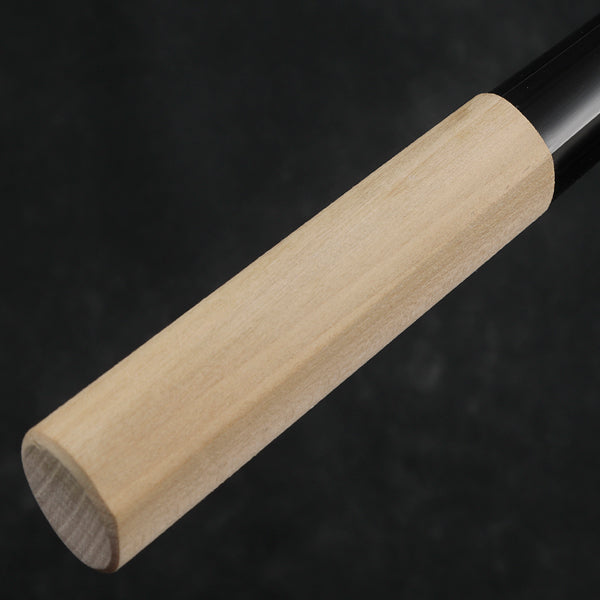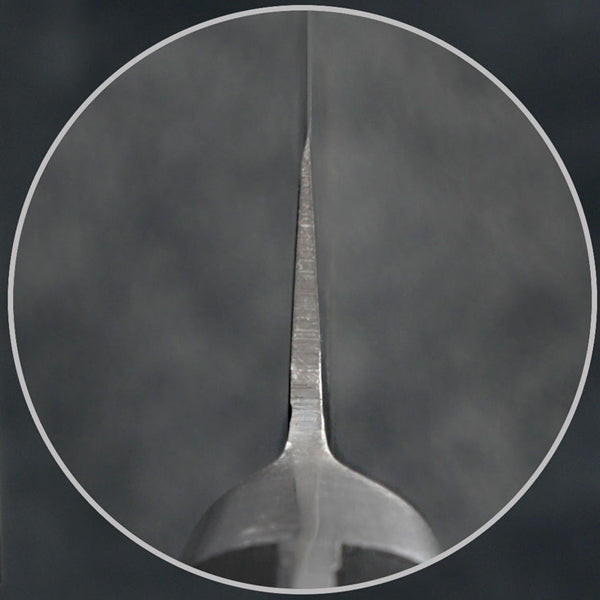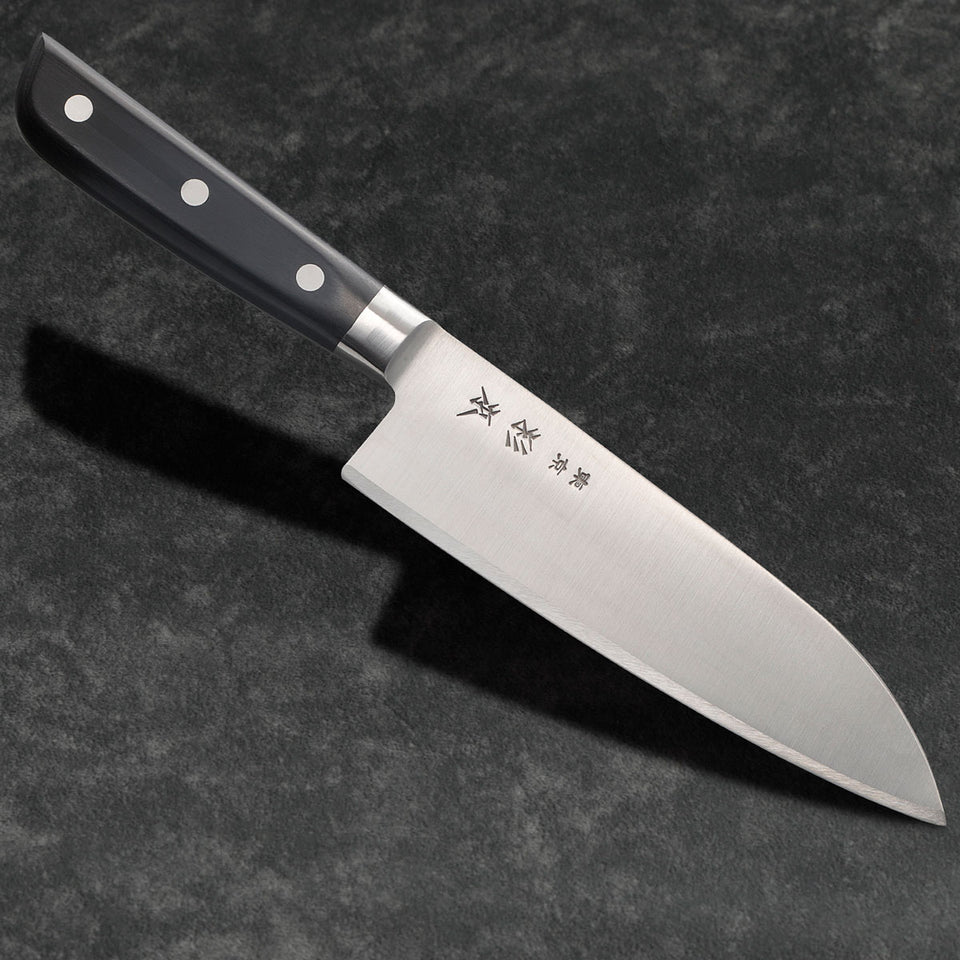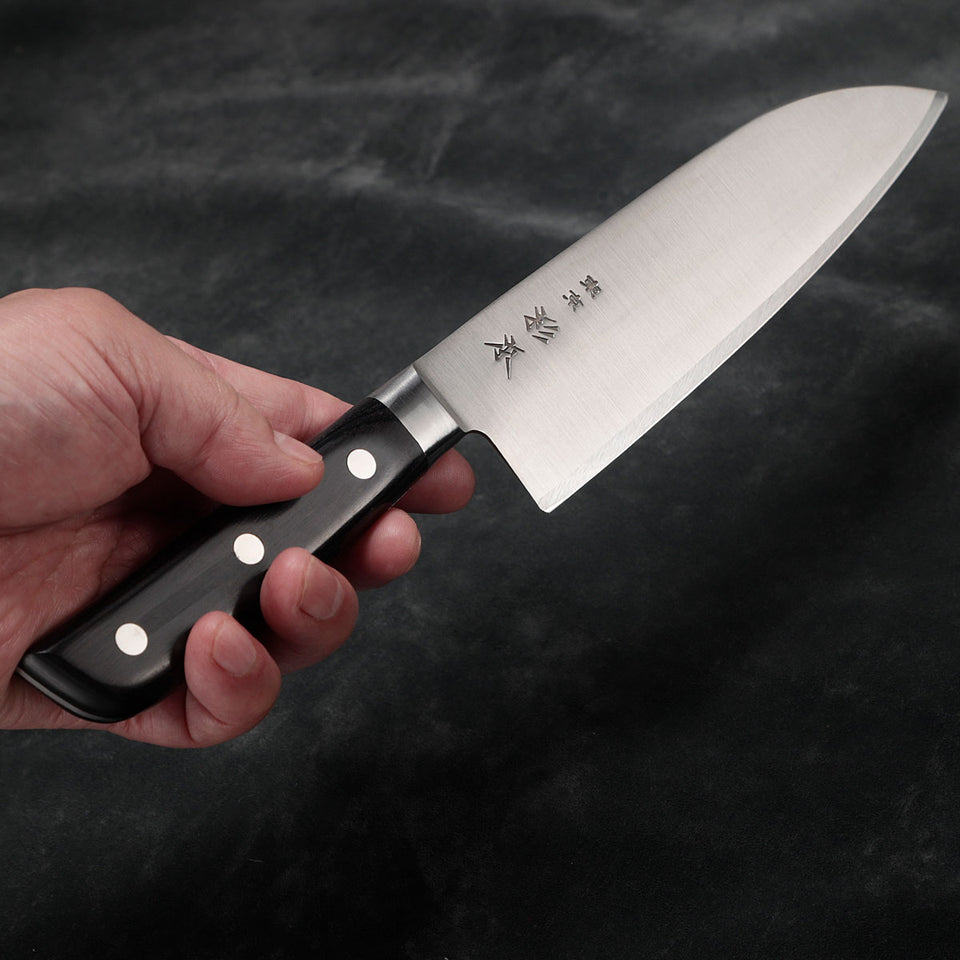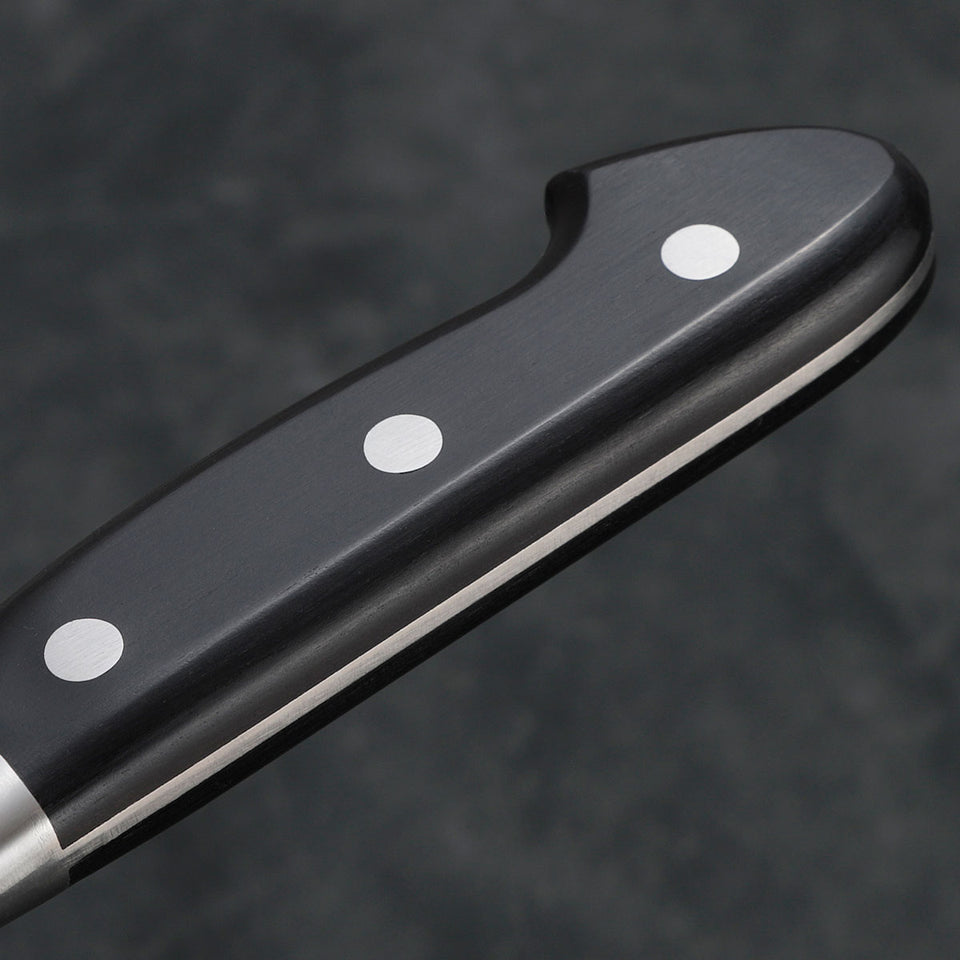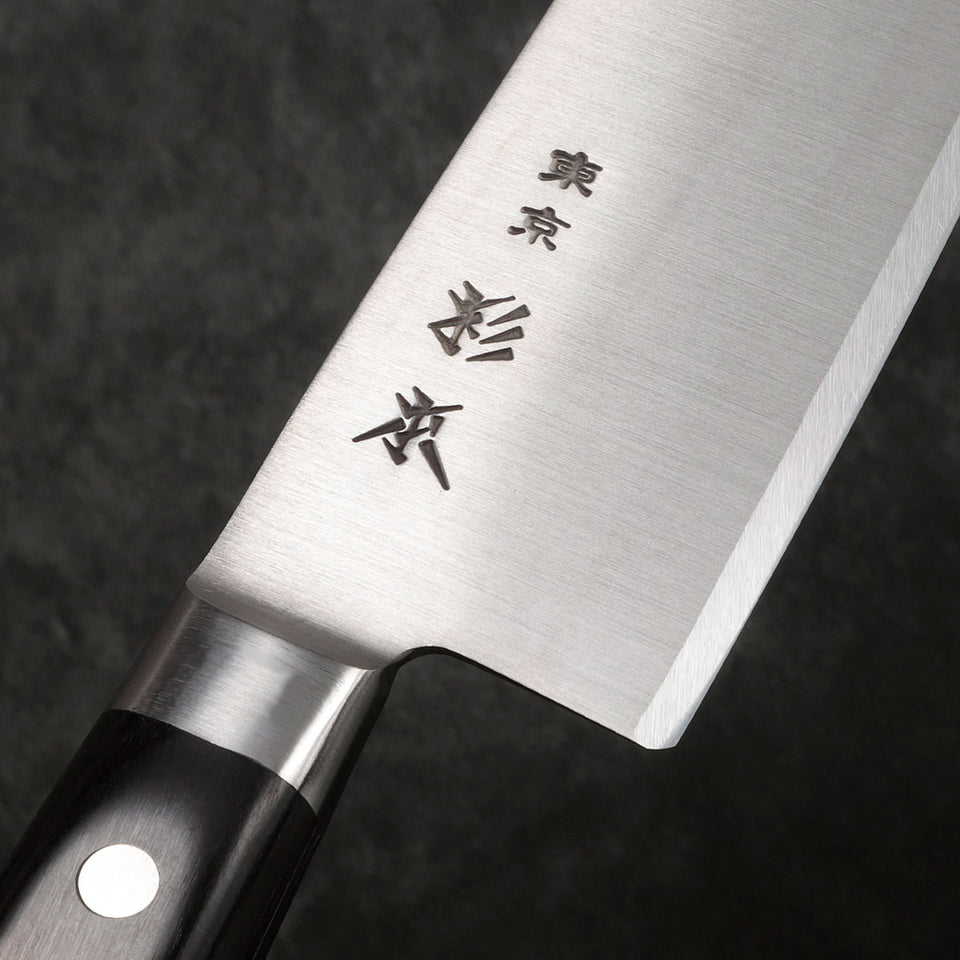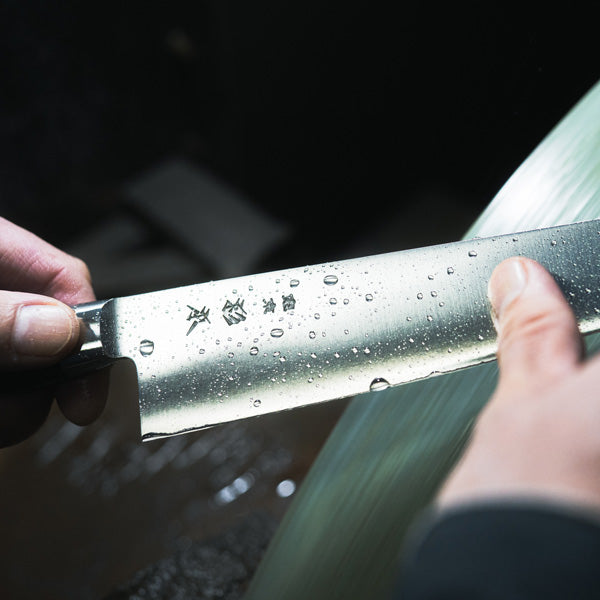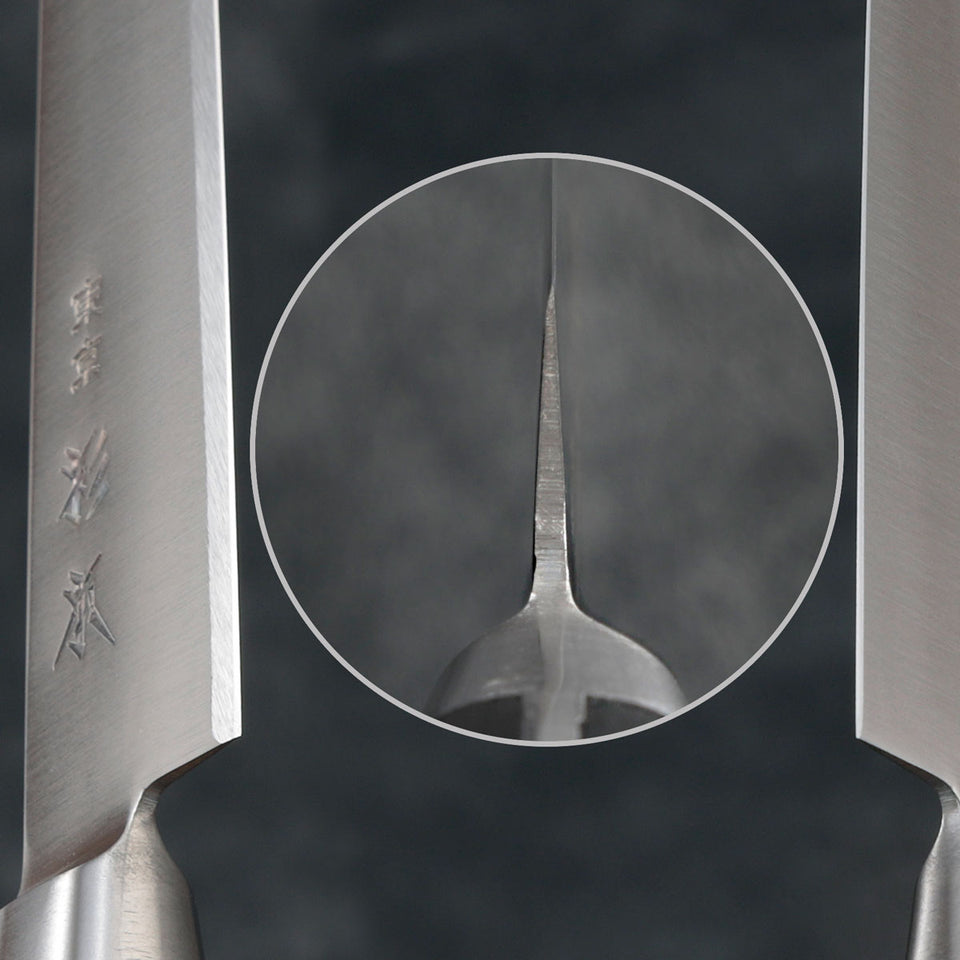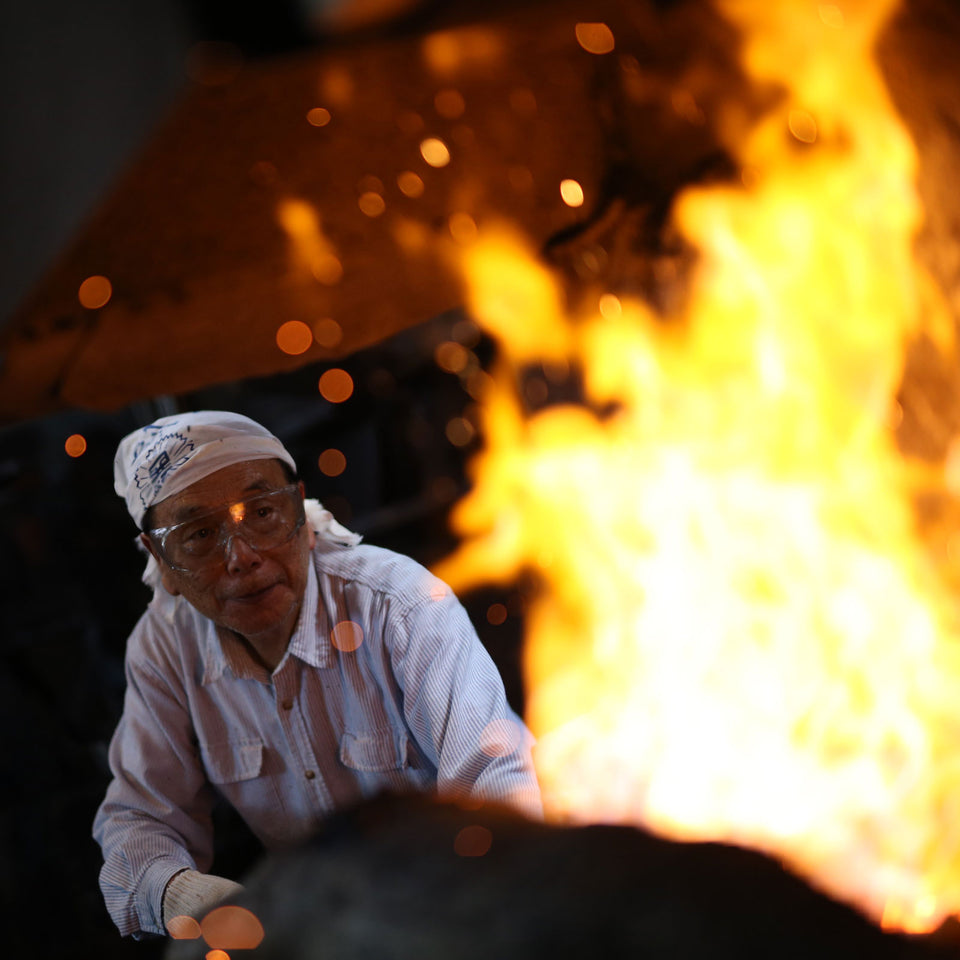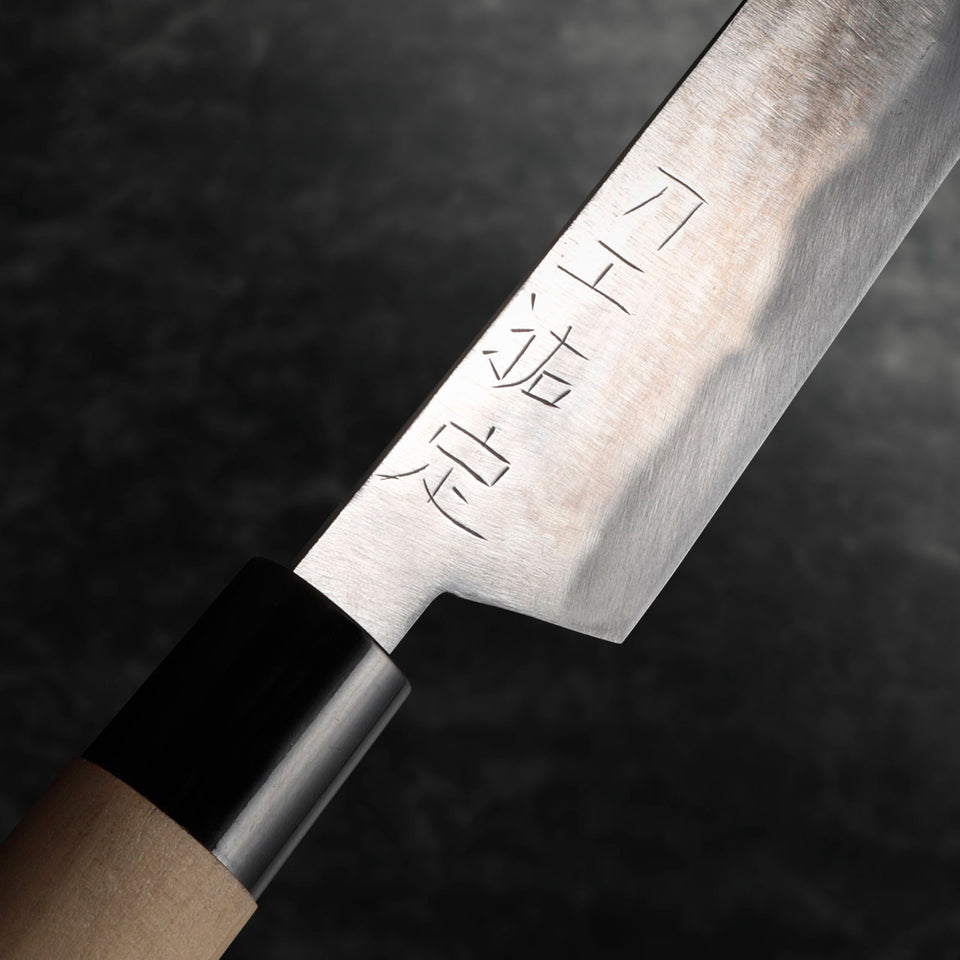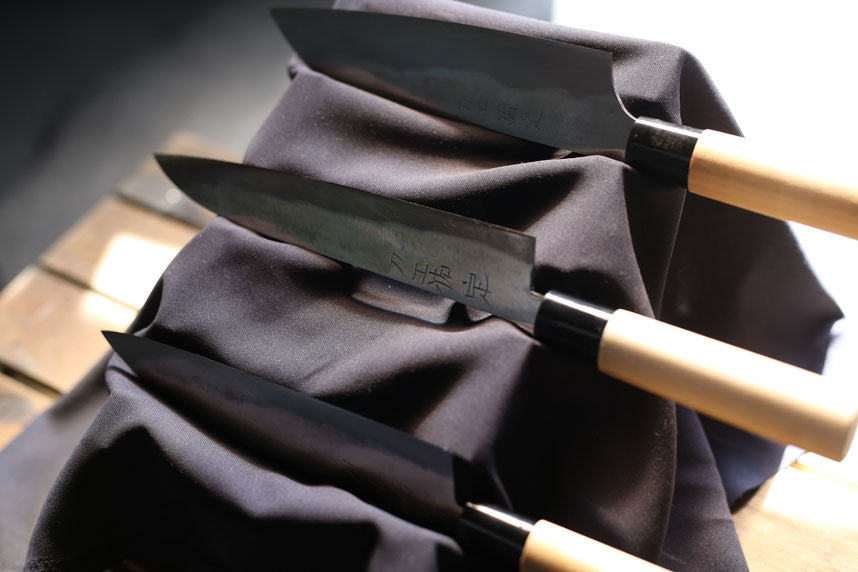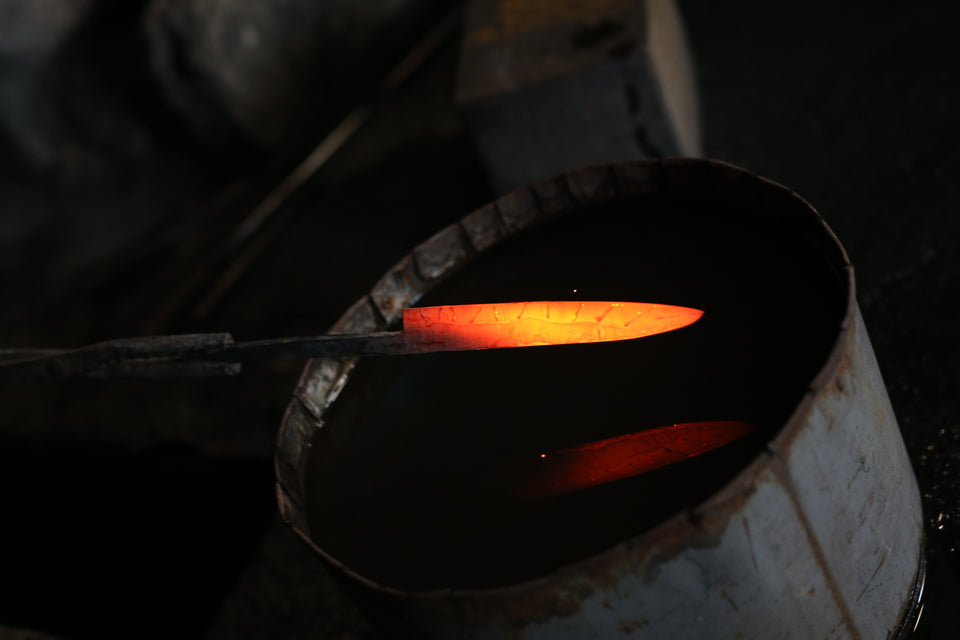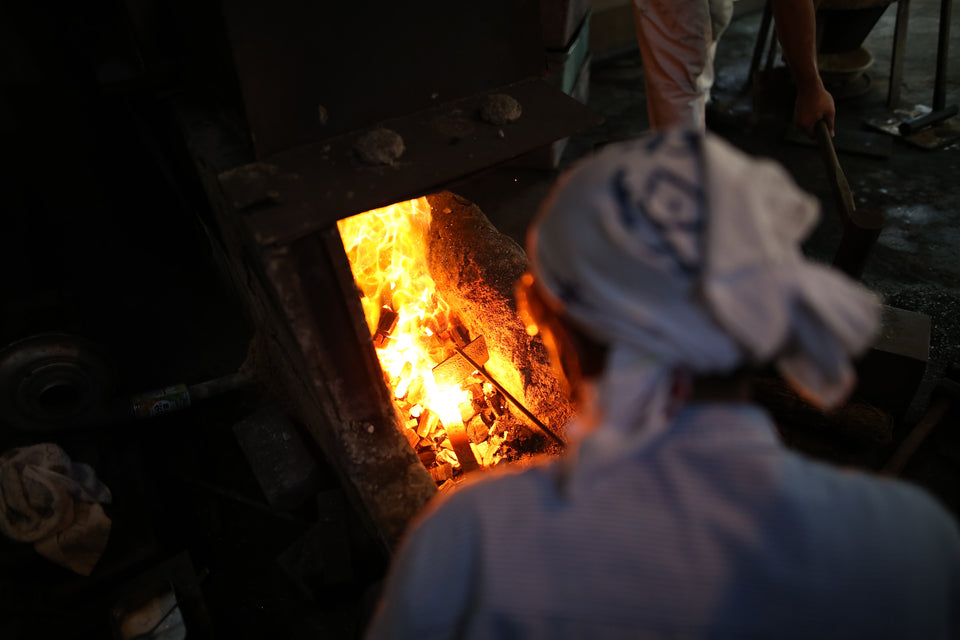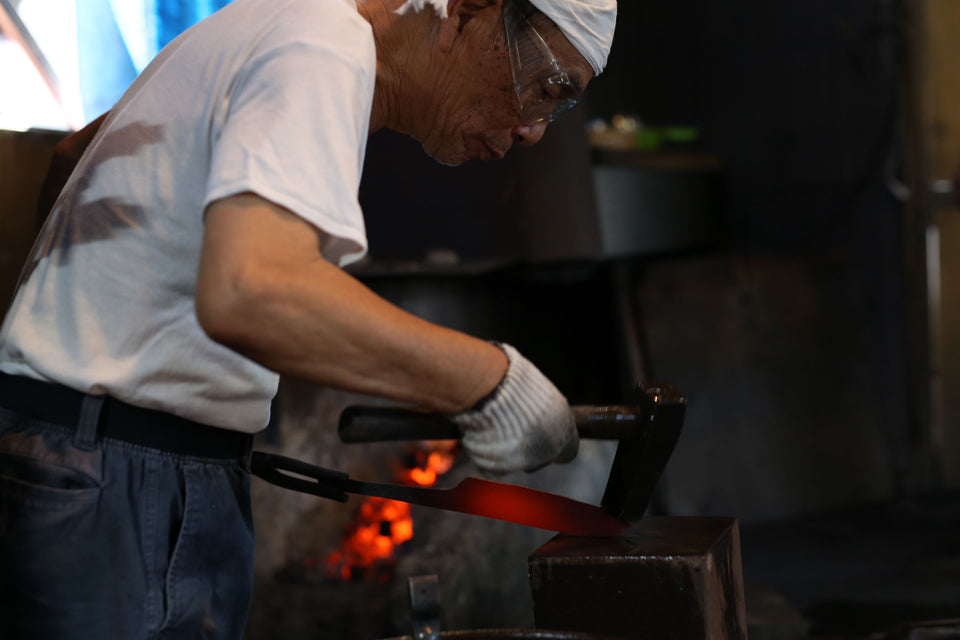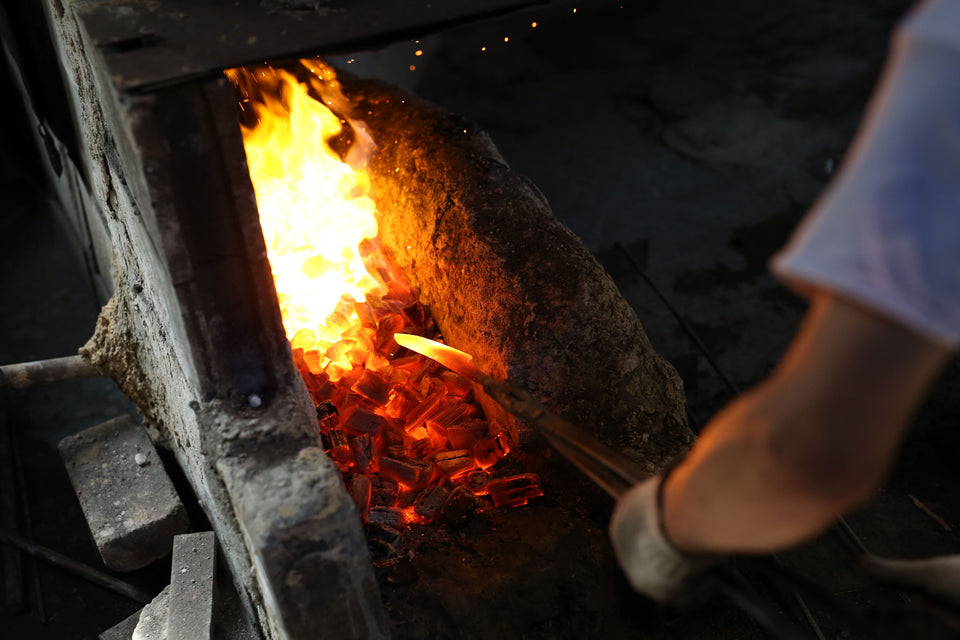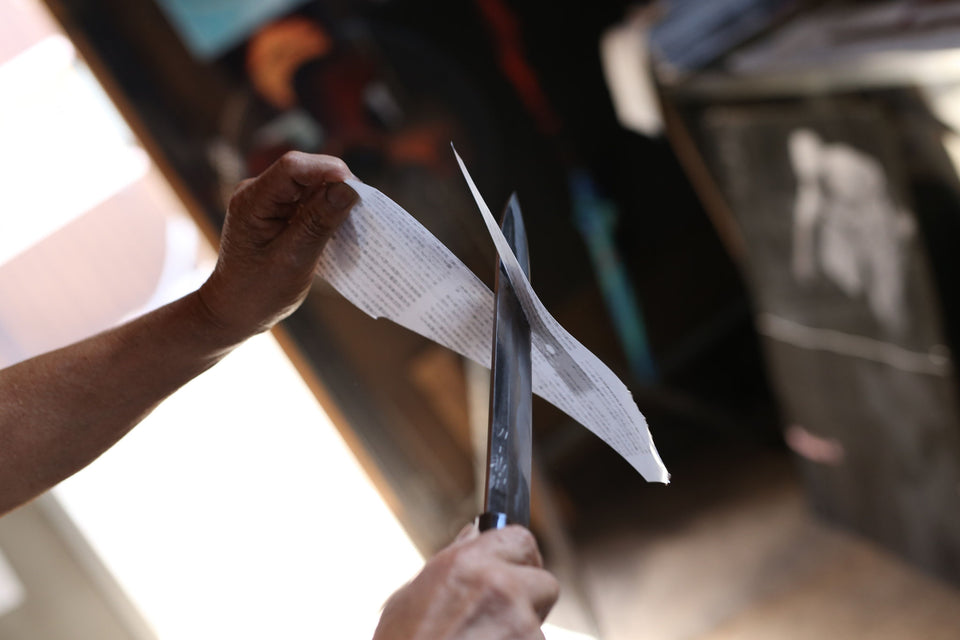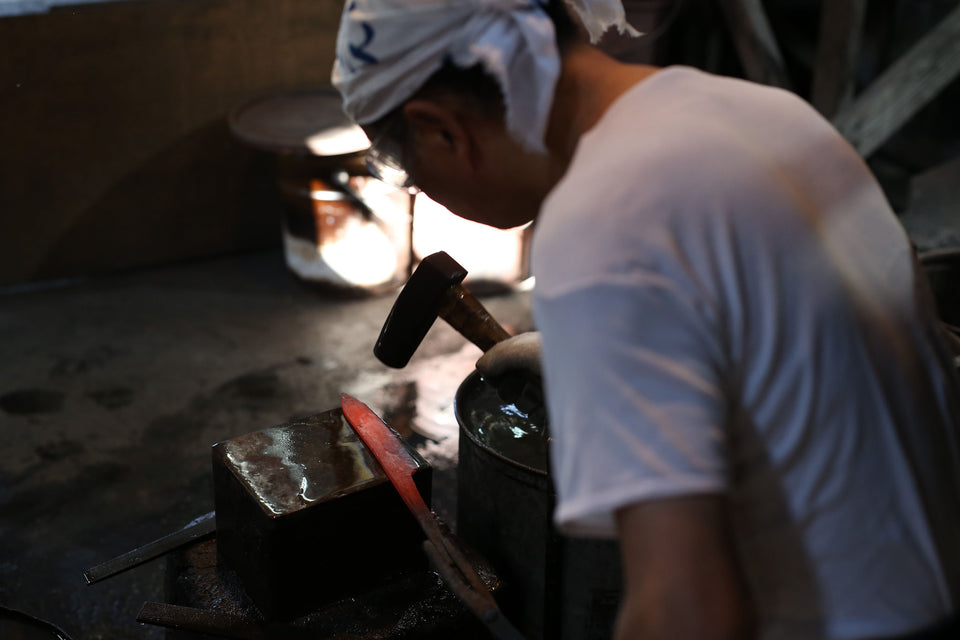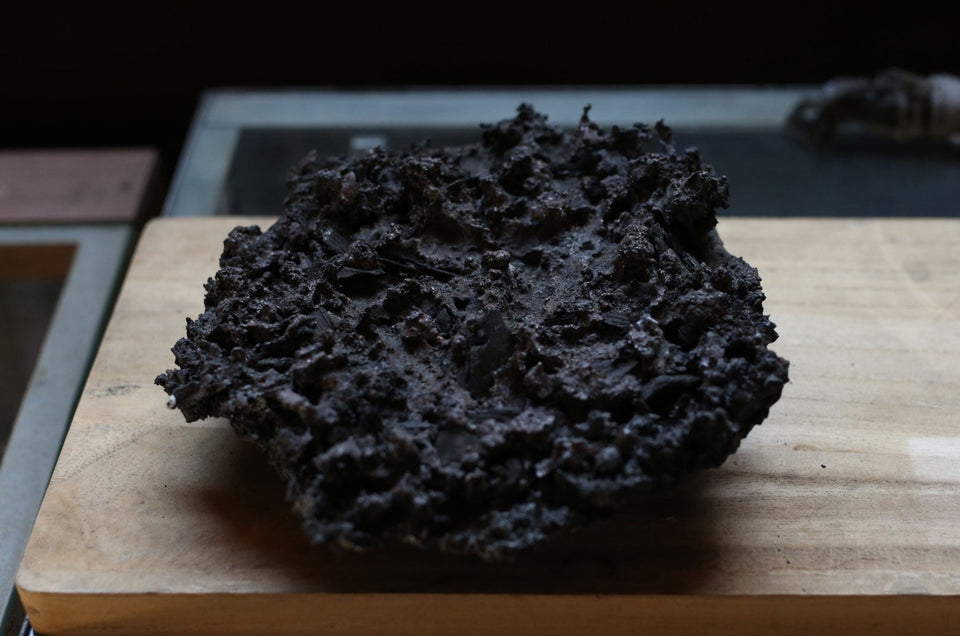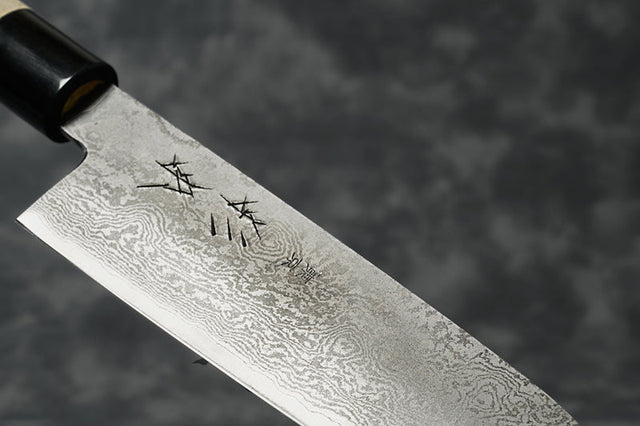So, you're looking for an all-purpose knife that can do it all? Well, you have three fantastic options to choose from! All of these knives, the Gyuto, Santoku, and Bunka, are primary all-purpose knives, but each has its strengths and weaknesses. None of them are better or worse overall, it's a matter of preference, but I want to highlight some differences so that you know which is best for your cooking style.
Japanese All-Purpose Knives: The Structure of This Article
If you've read my articles on the Gyuto or Deba, you'll already know some Japanese history regarding modern-day knives. However, for the uninitiated, I'm going to provide a brief overview of the creation of each of these knives and then get into the nitty-gritty details of what makes them different from one another.
Gyuto
The first Western-inspired Japanese knife, the Gyuto (meaning literally 'beef knife,' likely its sole use before it moved on to being considered all-purpose), appeared during the Meiji period (1868 - 1912 CE). The Meiji period was when Japan opened up to the west after a long period of isolation and a strict fish and vegetable-only diet. With new trade and culture sharing came new cuisine and non-traditional ways of cooking. The Gyuto, along with the Bunka, is one of the first all-purpose Japanese knives.

Features
Overall, the Gyuto is similar to the Western Chef's knife that spurred its creation in the first place. It is very nearly identical in shape. However, it has all the benefits of extra-hard, super-sharp Japanese steel. In addition, the blade is thin and light, allowing people to use a larger size with less hindrance than a thick and heavy Chef's knife would. Pair the Gyuto's great blade with a traditional Japanese handle, and you have a piece of art that cuts with the best of them.
Uses of a Gyuto
You can use it for everything from precision tip work to rock-chopping to push-cutting. It excels at the former two movements. With that said, it could be better at push-cutting but can still do it exceptionally well.
Specialty: Excellent Meat Knife
It's called a 'beef knife' for a reason. Its extended profile and slight curve make it perfect for dicing meat or cutting thin strips without making jagged cuts. It produces clean slices and makes for a reasonably decent butchery knife. However, unlike actual butcher's knives, the Gyuto can still easily cut vegetables.
Why the Gyuto?
The Gyuto is a favorite of Western professional chefs looking for something familiar but with a Japanese twist. If you want a knife that can do it all but is especially good with meat, then consider a Gyuto.
Santoku
The Santoku is undoubtedly one of the most popular styles of all-purpose Japanese knives today. The name Santoku literally means 'three virtues.' However, a more sensible translation would be 'three uses' or simply 'multi-purpose.' Depending on who you ask, the name either refers to chopping, dicing, and slicing or meat, fish and vegetables. It made its debut sometime in Japan in the 1940s during the Shōwa era. It is easily one of the most recognizable shapes of Japanese knives today. It's so ubiquitous that cheaply-made versions appear even in Western supermarkets. Needless to say, our authentically made Japanese Santoku knives are many times better than any that come in a plastic packet.
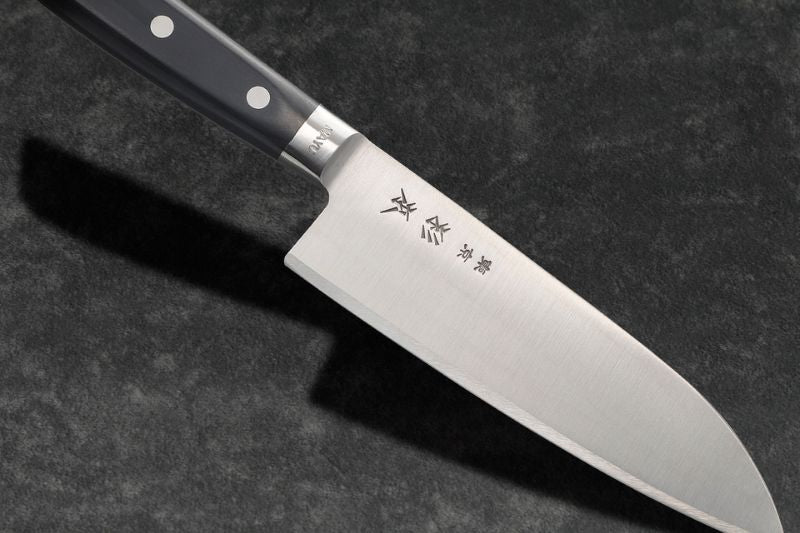
Features
The blade of the Santoku is significantly wider than that of a Gyuto or Bunka. It also has a more rounded, downward-facing tip. It might appear to you to be like a Nakiri. That's because the Santoku is a Gyuto combined with a Nakiri. This design intends that the added tip makes the knife more versatile than a Nakiri but still holds the same familiar shape and feel that the Japanese have long preferred.
Uses of a Santoku
So, what benefits does a wider blade have? Well, the Santoku is a lot better at scooping up chopped vegetables. Also, because the wider blade adds weight, you can get it in a slightly shorter size, making it much easier to control without feeling too light. It can be used with all cutting methods but excels at the push cut. It is possible to rock-chop with a Santoku, but it won't perform as well as the more curved Gyuto or Bunka.
Specialty: Perfect for Vegetables
The Nakiri's influence is evident. Yes, it cuts meat and fish well, but the Santoku is even better with vegetables. Learning to push-cut with the Santoku will take you through vegetable preparations at a quick pace. The tip is easily controllable and great for dicing onions. Its wide blade isn't just good for scooping but gives you plenty of space before vegetables start creeping up over the top.
Why the Santoku?
The Santoku is a crowd pleaser. People often buy them, not even knowing that they're Japanese-style knives, simply because of how comfortable they are to use and the control they offer. If you find longer, narrower knifes challenging to use, a Santoku will solve your woes. It may not slice meat as well as the Gyuto or Bunka, but it definitely takes the prize when it comes to vegetables.
Bunka
Created around the same time as the Gyuto during the Meiji period, the Bunka is a unique all-purpose knife. Its full name, Bunkabocho, means 'cultural knife,' but at the time of its creation, Bunka could also mean ‘modern.’ Likely because a multi-purpose kitchen knife was a new concept in Japan at the time. One thing of note, within Japan, Bunkabocho can also refer to a Santoku.
Features
The Bunka is extended with a slight upward curve. The most prominent feature on many Bunka knives is an incredibly angular tip. However, not every Bunka has such a dramatically straight drop down to the tip. Ours features a steep but rounded curve toward the tip. The blade has a wide belly that gets slightly shorter at the end.
Uses of a Bunka
This knife sits between the Gyuto and Santoku. The Bunka has enough curve to the blade for rock-chopping but is relatively flat toward the heel for push-cuts. It has a far more aggressive tip than the Santoku, so it is ideal for cutting meat. It's pretty versatile. You can use it any way that you prefer without hindrance.
Specialty: True All-Purpose
The Bunka neither leans fully toward meat nor vegetables. It's the most faithful representation of an all-purpose knife. Where the Santoku is better with vegetables and the Gyuto better with meat, the Bunka covers all the ground evenly. It isn't the best in either category, but that is, after all, the core concept of an all-purpose knife. It is balanced and dynamic.
Why the Bunka?
If you genuinely want a do-it-all multi-purpose knife, the Bunka is it. It won't falter in any category. It's a beautiful design with a utilitarian mindset. It makes for a great beginner knife, especially for getting used to multiple different styles of cutting and chopping.
The Breakdown
Still deciding which one to choose? All of the above knives are multi-purpose, but here's a summary to help you select one based on your cooking style:
Gyuto: The best for cutting meat and rock-chopping.
Santoku: The most efficient at cutting vegetables and push-cutting.
Bunka: An all-rounder, perfectly adept at both categories and cutting styles but excelling in neither
Hopefully, this comparison has given you an idea of the differences between these knives and the confidence to choose the one that's right for you.
Get Free Bonus Books
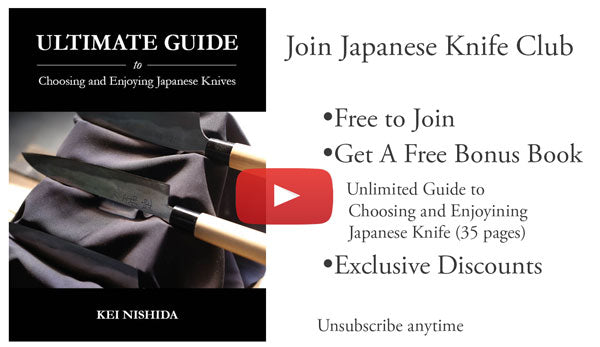
Sign up for free to the Japanese Knife Club to get advice and exclusive articles about how to choose Japanese Knives, and tips and tricks for using Japanese knives.
About the author
Kei Nishida
Author, CEO Dream of Japan
Certification: PMP, BS in Computer Science
Education: Western Washington University
Kei Nishida is a passionate advocate of Japanese craftsmanship, a writer, and the founder and CEO of Japanese Knife Co., Japanese Green Tea Co., and Japanese Coffee Co., all part of Dream of Japan.
His journey began with a mission to introduce the world to the exquisite flavors of Japanese green tea. Through Japanese Green Tea Co., he pioneered the import of premium tea grown in nutrient-rich sugarcane soil, earning multiple Global Tea Champion awards. He then expanded into the world of coffee, launching Japanese Coffee Co., the first company to bring Sumiyaki charcoal-roasted coffee to a global audience.
With a deep appreciation for Japanese artistry and tradition, Kei turned his attention to one of Japan’s most revered crafts: bladesmithing. Through Japanese Knife Co., he made handcrafted katana-style knives, created by a renowned katana maker, available outside Japan for the first time. These exceptional knives embody centuries of samurai sword-making expertise, blending tradition with modern functionality for chefs and collectors alike.
Kei’s journey continues as he uncovers and shares Japan’s hidden treasures—one sip, one blade, and one legacy at a time.



